Longlegs: A Masterclass in Movie Marketing
Osgood Perkins’ Longlegs, starring Scream Queen Maika Monroe and the legendary Nicolas Cage in the titular role, has taken the Summer movie season by storm and largely in thanks to its innovative marketing campaign that drew its viewers into a world steeped in dread - many of us whom were too terrified to stay, whilst the rest were too intrigued to leave.
Not since 1999’s The Blair Witch Project has a horror movie commanded such attention from its visceral marketing and public relations strategies. The Blair Witch Project, with a shoestring $25,000 production budget, managed to create the ultimate viral marketing campaign and even capitalised on the emerging digital space. By relying on relatively new media tools such as chat rooms and message boards, traditional media prints of missing person leaflets, and utilising the actors’ real names for the characters that were ‘missing’, audiences were directed to a single website in which fiction and reality were blurred, the myth of The Blair Witch world was expanded, and where confusion was stoked amongst movie goers. More than 20 million people visited the website before the movie had even been released, which at the time was a remarkable feat.
The Blair Witch Project capitalised on an emerging digital landscape in a way that had not previously been done by movie producers, let alone seen by its audiences; and there is no doubt that this marketing strategy trailblazed the way in which producers and studios think about the ways in which they connect their movies to the viewers.
Most people are just not captured by a single movie trailer that acts as a taste of what they can expect; instead, people want to be captivated, they want to be enthralled, and in some cases, people want to be dragged into a world they don’t belong in, shouldn’t be in, and would not like to stay in. Building real-world anxiety and eliciting genuine fear is what sets a great horror movie apart from a horror movie, it’s the distinction between leaving the cinema and leaving behind that anxiety versus leaving the cinema and double checking that you have locked your front door.
This distinction is where guerrilla marketing excels, and this is where Longlegs has thrived.
The Tease
In January 2024, the production company behind Longlegs, Neon, released three teaser trailers.
There was much speculation at the time as to what production these teasers were promoting, but upon the release of the third and final teaser, it was clear that the Longlegs promotional campaign had begun.
The teasers were visceral, haunting, and gave just enough away to the viewer to keep them wanting more. The building of the world's atmosphere created a sense of dread, of something that you shouldn’t be seeing or hearing, and they were so artfully created, we simply couldn’t tear our eyes away.
The Visuals
The Longlegs movie posters kept its cards close to its chest. They do little in the way of an ostentatious reveal, but instead graphics were crafted to communicate an atmospheric world that drifted between offering aesthetic pleasure with its grainy tone, to offering snapshots of key movie moments that without the proper context, left the viewer wanting to know more.
The Reveal
The official trailer for "Longlegs" offered a more expansive preview and introduced Maika Monroe as FBI Agent Lee Harker, determined to track down Nicolas Cage’s Longlegs, whose character is obscured by quick shots, panning, voice overs, and a creative direction which ultimately works to further shroud this serial killer in mystery.
Whilst adhering to the concept of ambiguity that the previous visuals brought to the viewer, the official trailer adds context to the world and delves deeper into the characters at the forefront of this horror - their roles in the narrative, their purposes and motivations.
This context is interspersed with Biblical references, occult symbolism, and stunning landscapes. When intersecting this cinematography with a score that can’t be named anything other than anxiety-inducing, results in a feeling of suffocation and isolation. The landscapes of the Pacific Northwest do little to distract from the scores’ high pitches and unnatural tones as Maika’s voiceover states: “I saw a beast coming out of the sea. It had ten horns and seven heads, with ten crowns on its horns, and on each head a blasphemous name.” Scary, right?
Aesthetically pleasing and anxiety inducing; trailers do not get much better than this.
The Actions
Whilst The Blair Witch Project succeeded in ‘going viral’ within the technological constraints of its time, Longlegs takes even this a step further by including the audience as active participants in its own promotional campaign.
The occult iconography present so far in the marketing acts as a conduit, whereby the viewers are tasked with decoding these cyphers to reveal background information and movie clues - Neon even go as far as to take out an advertisement featuring these cyphers in the Seattle Times, a pointed reference to the letters the Zodiac Killer sent to local newspapers in Northern California. The ad directed readers to visit TheBirthdayMurders.net, an in-universe website detailing a series of murder-suicides from throughout the Pacific Northwest believed to be the victims of the serial killer calling himself Longlegs.
This strategy squarely puts the viewer in the driving seat - they are in control of the narrative. Can they decipher the clues? Can they too be an FBI Agent, akin to Maika’s Lee Harker? By encouraging the viewer to participate so actively in this cinematic world, does not draw the viewer in, it drags them in. Forcefully or not, the viewer becomes one with this world; entrenched in the horror and the brutality, but yet left with a feeling of achievement by completing this task.
Even more terrifying was the Longlegs billboard which featured a US mobile number set up by Neon, upon calling it you were greeted with the deeply-unsettling Longlegs in a pre-recorded message - enabling direct access and engagement with the titular serial killer is incredibly creative, genius, and thrusts consumers into an immersive horror experience.
Cinematic horror is no longer confined to the silver screen, but slithers into our mundane world.
The Result
To put it bluntly, Neon has served us a masterclass in movie marketing.
It is one thing to create an atmospheric world grounded in suspense and mystery, juxtaposed by a strong heroine and serene landscapes; it is another to do this whilst encouraging and achieving the level of viewer participation that they have.
Longlegs has gone digitally viral, and rightfully so. By featuring people as the core focus, the teasers blurred the lines between fiction and reality, the visuals built the intrigue, the reveal set the pace, and the actions placed the viewers in the role of the protagonist fighting back against the evils of this world.
This enigmatic setup anchors the film in a hauntingly realistic and immersive experience. While the events portrayed might not be true, they convey a reality that has the potential to brush against any one of us, making this the most terrifying kind of horror.











